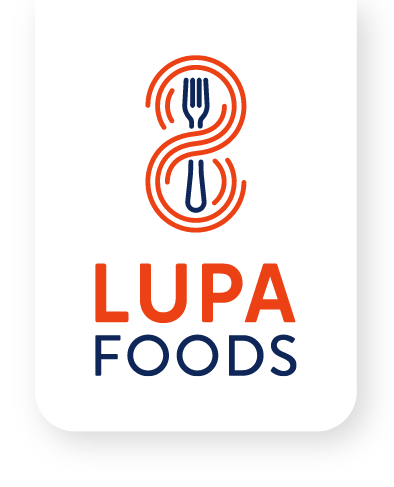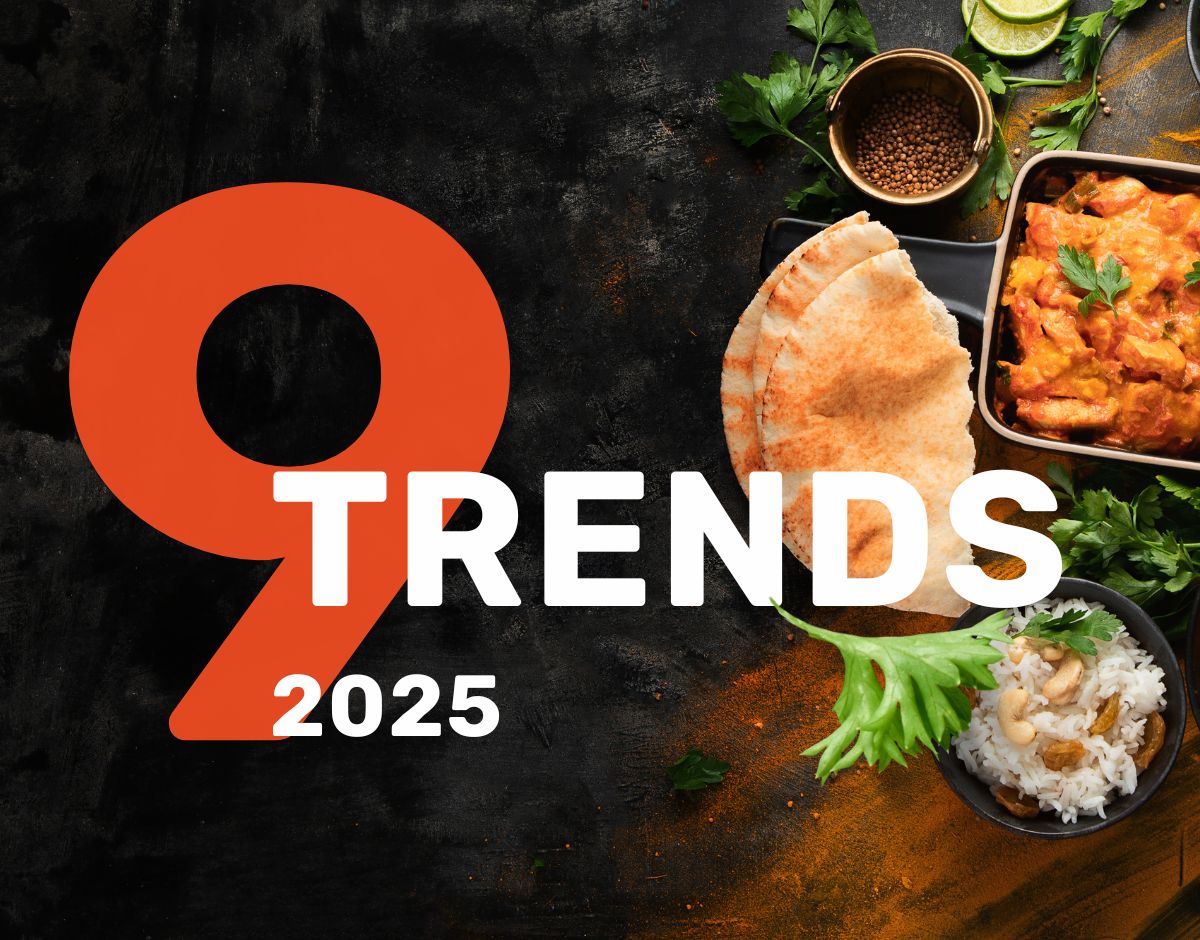The UK food industry is undergoing rapid transformation, shaped by evolving consumer values, global influences, and the demand for innovation across health, sustainability and flavour. From high-protein ready meals and gut-friendly formulations to globally inspired flavours and clean-label innovation, these trends reflect where the market is heading and where the greatest opportunities lie.
Download our Trend Report in PDF HERE.
1. High-Protein & Macro-Balanced Meals
Consumers are demanding convenient meals that deliver on protein, satiety, and balanced nutrition without compromising on taste.
Theme: Health & satiety
Drivers: Active lifestyles, weight management, demand for functional nutrition
Key Ingredients:
Chicken, beef, salmon, eggs, lentils*, soy, high-protein pasta*
Example Applications:
Macro-counted trays, lentil Bolognese, protein-rich ready meals
2. Digestive Wellness & Functional Flavour
Consumers are embracing gut-friendly formulations that combine high-fibre ingredients with natural fermentation and bold, umami-rich flavour.
Theme: Digestive wellness, flavour depth & functional appeal
Drivers: Rising awareness of gut health, fibre deficiency in Western diets, demand for natural functional benefits.
Key Ingredients:
Chickpeas*, oats*, barley*, inulin, fermented veg (kimchi, sauerkraut*)
Example Applications:
Fibre-enriched bowls, gut-health grain mixes, prebiotic slaws.
3. Clean Label & Low-UPF
Shoppers are increasingly seeking products with recognisable, minimal ingredients and avoiding ultra-processed formulations.
Theme: Ingredient transparency
Drivers: Media scrutiny of ultra-processed foods (UPFs), trust in “real food”
Key Ingredients:
Tomato*, garlic, olive oil*, herbs, lemon*, sea salt and “whole” ingredients
Example Applications:
5-ingredient sauces, no-additive traybakes, “homemade-style” meals
4. Plant-Based Eating Beyond Meat
Plant-forward meals are evolving to feature whole ingredients like pulses, mushrooms and tofu, rather than imitation meats.
Theme: Sustainable flexitarianism
Drivers: Shift from meat substitutes to natural plant-forward meals
Key Ingredients:
Mushrooms, jackfruit, pulses*, tofu, tempeh, seaweed
Example Applications:
Veg-led curries, jackfruit stews, tofu stir-fries, mushroom ragù
5. Indulgence & Modern Nostalgia
Consumers are finding comfort in elevated classics, blending familiarity with indulgent twists and premium touches.
Theme: Comfort food, updated classics
Drivers: Emotional eating, affordable treats, elevated everyday dishes
Key Ingredients:
Cream*, cheese, pasta*, chocolate, sponge, jam, savoury fillings
Example Applications:
Sticky toffee desserts, mac & cheese bakes, heritage pies with twists
6. Smart Convenience & On-the-Go
Busy lifestyles are fuelling demand for fast, nutritious, and high-quality meal solutions in easy-to-prepare formats.
Theme: Effortless eating
Drivers: Time pressure, solo dining, growing reliance on meal kits
Key Ingredients:
Cooked grains*, air-fryer-ready coatings, quick-cook noodles*
Example Applications:
3-minute noodle pots, one-pan kits, microwaveable global trays
7. Sustainable & Upcycled Ingredients
Brands are embracing sustainability through upcycled ingredients and waste-conscious formulations that resonate with eco-aware consumers.
Theme: Eco-conscious innovation
Drivers: Climate impact, food waste reduction, ESG priorities
Key Ingredients:
Cacao pulp, surplus veg, okara, spent grain flour
Example Applications:
Zero-waste soups, bakery with food-waste narratives, upcycled snack pots
8. Food Tech & Future Proteins
Next-generation ingredients like cultivated meat and precision-fermented dairy are signalling the future of protein innovation and climate resilience.
Theme: Innovation & sustainability
Drivers: Next-gen nutrition, climate resilience, supply chain efficiency
Key Ingredients:
Cultivated meat, precision-fermented dairy, algae, air protein
Example Applications:
Pilot products, hybrid tech-plant meals, lab-protein sauces
9. Global Cuisines Driving Demand
Authentic and bold international flavours from Korean and West African to Greek and Argentinian are redefining everyday comfort food.
Theme: Culinary discovery, bold flavour, cross-cultural comfort
Drivers: Interest in authentic world flavours, social media influence, fusion formats, street food appeal
Key Ingredients:
- Greek: Feta, oregano, lemon*, orzo*, olive oil*
- Turkish: Sumac, köfte, pomegranate molasses, bulgur*
- Argentinian: Chimichurri, flank steak, black beans*
- Portuguese: Piri-piri, sardines, bay leaf, rice*
- Southern US: Cajun spice, cornbread, smoked meats
- Swiss: Raclette, rösti, nutmeg, Alpine herbs
- Korean: Gochujang, kimchi, sesame oil*, glass noodles*
- West African: Jollof spice blends, cassava, groundnut, plantain
- Middle Eastern: Za’atar, freekeh, chickpeas*, tahini*
- Southeast Asian: Lemongrass, galangal, coconut milk*, rice noodles*
- Italian (Regional): Nduja, fennel, durum wheat pasta (various shapes like Orecchiette, Cavatelli, Strozzapreti, Paccheri, Malloreddus)*
- Sichuan Chinese: Fermented black beans*, chilli oil*, Szechuan pepper
Example Applications:
Globally inspired ready meals, pasta/noodle kits, curry pots, street food trays
As consumer expectations evolve, food manufacturers must align product innovation with the key trends shaping the UK market, from functional health and global flavour exploration to sustainability and tech-led ingredients. These nine trends are not just passing fads, but strategic themes driving reformulation, new product development, and buyer demand across retail and foodservice.
We partner with manufacturers to supply the ingredients that power these innovations. If you’re exploring ways to future-proof your product range, speak to us about how we can support your next trend-led development.
* LUPA CAN SUPPLY





